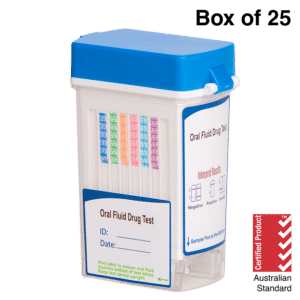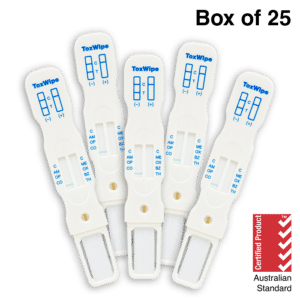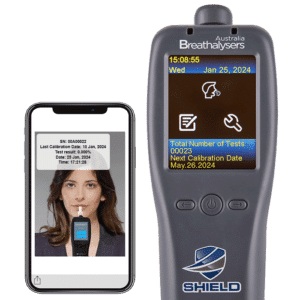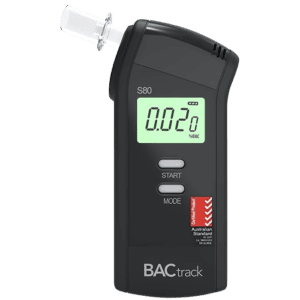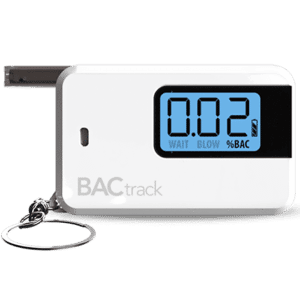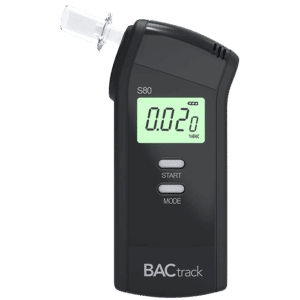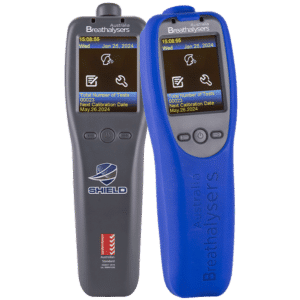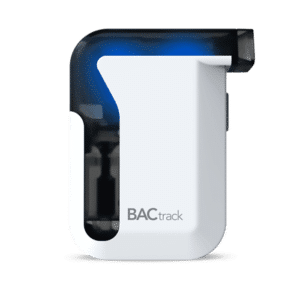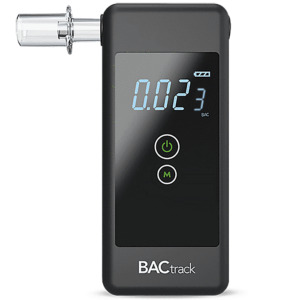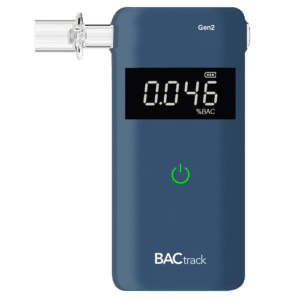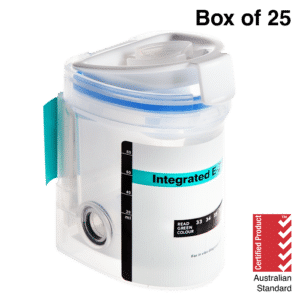Pre Employment Drug Test: Definition, Types, and Legal Considerations
13 February, 2024

A pre-employment drug test is a common practice of employers to ensure prospective employees are drug-free before joining their organisation. This test is essential to the hiring process and aims to maintain a safe and productive work environment. It is mandated in industries like mining, construction, and transportation, where the chances of accidents are high. Thus, some criteria must be met, including passing the test to be eligible for the job.
Drug and alcohol abuse are serious issues that can significantly impact the ability to perform tasks safely. The impairment in judgment, perception, and coordination poses a significant risk in workplace settings that require focus and attention to detail. One of the measures to manage these risks is to implement pre-employment testing. This article will provide a comprehensive guide on drug testing for job applicants, types of methods, and legal considerations.
What Are Pre-Employment Drug Tests?
Pre-employment drug tests are screening procedures to determine the suitability of an applicant for a particular job. This test aims to identify individuals who may have substance abuse issues. Therefore, employers can decide who is the best-qualified candidate to hire. In addition, this test involves collecting and analysing biological specimens to trace the presence of drugs or alcohol.
Some companies conduct pre-employment tests due to regulatory requirements. This is crucial in high-risk industries, like mining, construction, and transportation, to prevent the hazards of substance abuse. These tests are often a condition of hiring to help employers ensure that their prospective employees are drug-free and fit to perform safety-sensitive duties.
The test includes screening for common drugs of abuse, such as marijuana, cocaine, heroin, benzodiazepines, and amphetamine substances. If an individual tests positive for any illicit drugs, they may not be eligible for the position. Therefore, it is vital to ensure the reliability of the testing procedure and the accuracy of the results.
Importance in Workplace Safety
- Pre-employment tests ensure a safer work environment by identifying individuals with addiction problems.
- It helps prevent accidents and injuries that can occur as a result of impairment. This is crucial in industries involving operating vehicles and heavy equipment and handling dangerous goods or chemicals.
- Substance abuse can significantly impact productivity. By conducting drug testing, employers can ensure that their employees are fit to perform their duties and minimise errors.
- This also promotes a culture of safety and accountability within the organisation.
- It serves as a deterrent for substance abusers to apply for a job, knowing they will undergo testing.

Types of Pre-Employment Drug Tests
There are several types of pre-employment drug tests that employers may utilise. The first type is urine testing. This is the most common and widely used method. The test can detect a comprehensive range of illicit substances as well as prescription medications. Moreover, urine samples have an extended detection window ranging from days to weeks, depending on the substance.
The second type is saliva testing. This method is popular for its non-invasive procedure and ability to provide immediate results. Saliva tests can detect recent drug use, usually within the past 12-48 hours. It involves swabbing the oral cavity to obtain saliva samples and testing it using rapid screening devices or laboratory analysis.
The third type is the hair follicle drug test. It has the lengthiest detection window of up to 90 days or more. The collection procedure involves cutting 90-120 strands of hair from the scalp and analysing it for traces of drug metabolites. This method can help determine if a person has a substance use disorder due to its ability to provide historical data on drug use.
What Is the Most Reliable Method?
Among the test options, urine and hair testing are considered the most reliable methods in drug screening. However, their applications can differ depending on the circumstance. For instance, urine tests are the most researched and validated method for detecting drug use. They are best used for tracing substances consumed after a few days to weeks from the date of the test.
Meanwhile, a hair test is ideal for tracing long-term use instead of recent consumption. The drug metabolites that deposit in the hair shaft can determine patterns of drug usage. Furthermore, hair samples remain stable and are not easily tampered with by external contaminants.

Legal Considerations When Implementing Pre-Employment Drug Tests
Conducting pre-employment drug tests involves considering certain legal factors. Firstly, companies should establish a comprehensive drug and alcohol policy before they can take any drug test. This allows for compliance with industry regulations and protects the rights of both employers and employees. Employers may seek legal advice to ensure they adhere to the relevant laws and legislation.
Secondly, employers should respect the privacy of applicants or employees by keeping personal information or test results confidential. It also means that they need to obtain informed consent and explain the purpose of the test and the possible implications. Additionally, companies should include in their job posting that drug test is part of the hiring process. Therefore, it avoids surprises for individuals during the application process.
Lastly, employers must ensure that the drug testing procedure is fair and unbiased. This includes following the protocols for the collection process, handling, and analysis. Employers should also have a clear method for addressing any positive test results, including providing opportunities for potential employees to explain any legitimate reason for the presence of certain substances.
Can Applicants Refuse to Get Tested?
Job applicants generally have the right to refuse a drug test. However, this decision may have consequences that could impact their chances of getting hired by the company. If a person refuses to submit to drug and alcohol testing, the employer may choose not to proceed with their application.
In safety-critical positions, a pre-employment drug screen is a mandatory requirement due to safety legislation. Moreover, the decision to refuse a test may depend on local laws. Hence, job candidates should consider these factors and the potential consequences before deciding whether to refuse a drug test.
Conclusion
A pre-employment drug test is a method of screening for the presence of illegal drugs or alcohol for prospective employees. This test aims to determine if a person illicitly uses party drugs or abuses prescription medications. Thus, if a person shows a positive test result, they may not be eligible for employment. In addition, there are various methods of screening for drugs, including urine tests, saliva tests, and hair tests. Each method has varying levels of accuracy and detection windows.
Furthermore, there are several factors to consider when conducting a pre-employment drug screen. The first is to develop and establish a workplace drug and alcohol policy covering drug testing before and after hiring. This policy should comply with industry regulations and protect the rights of both employers and employees. Generally, an individual applicant can refuse the test for whatever purpose. However, this may lead to them being ineligible for employment.















